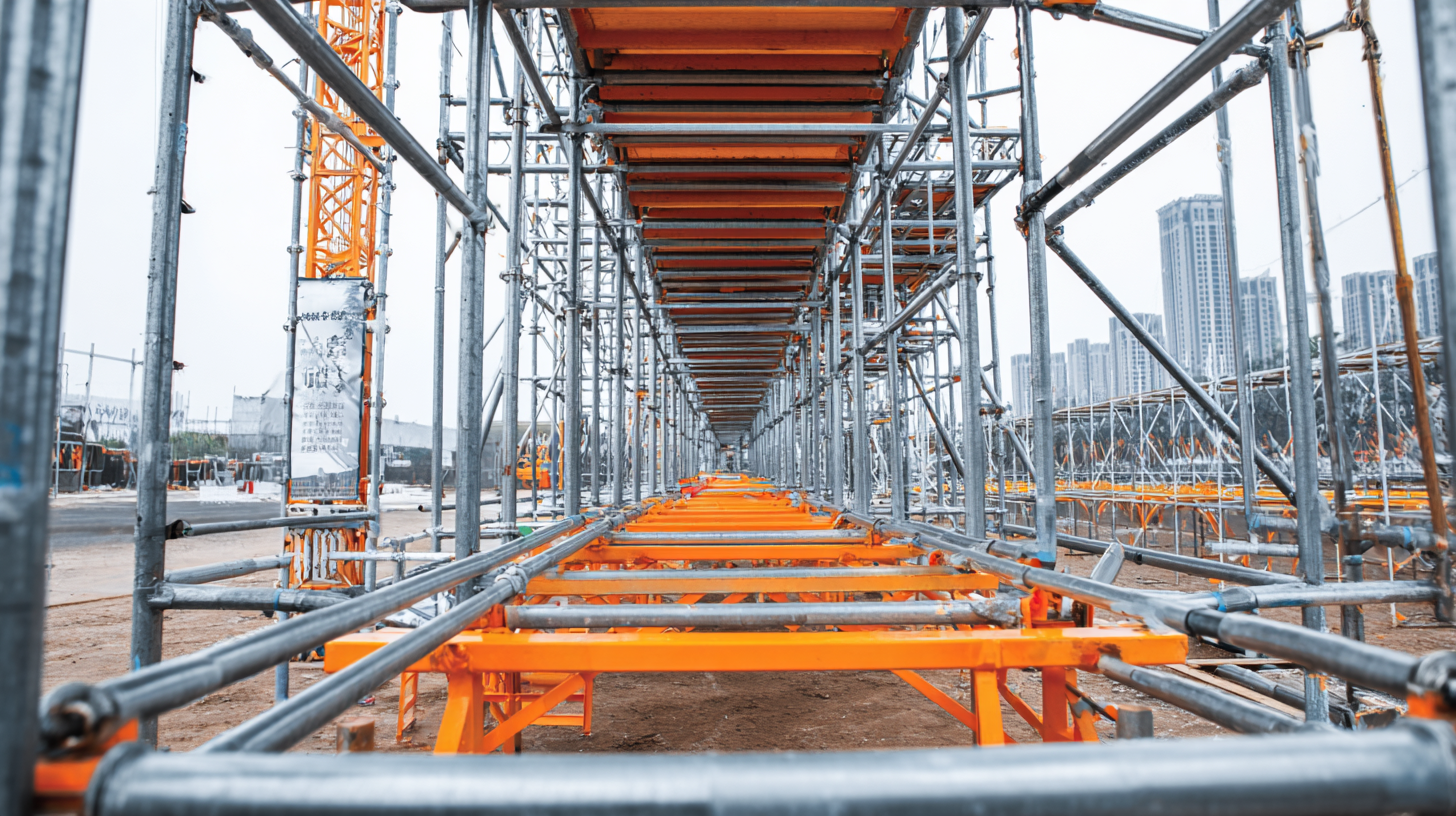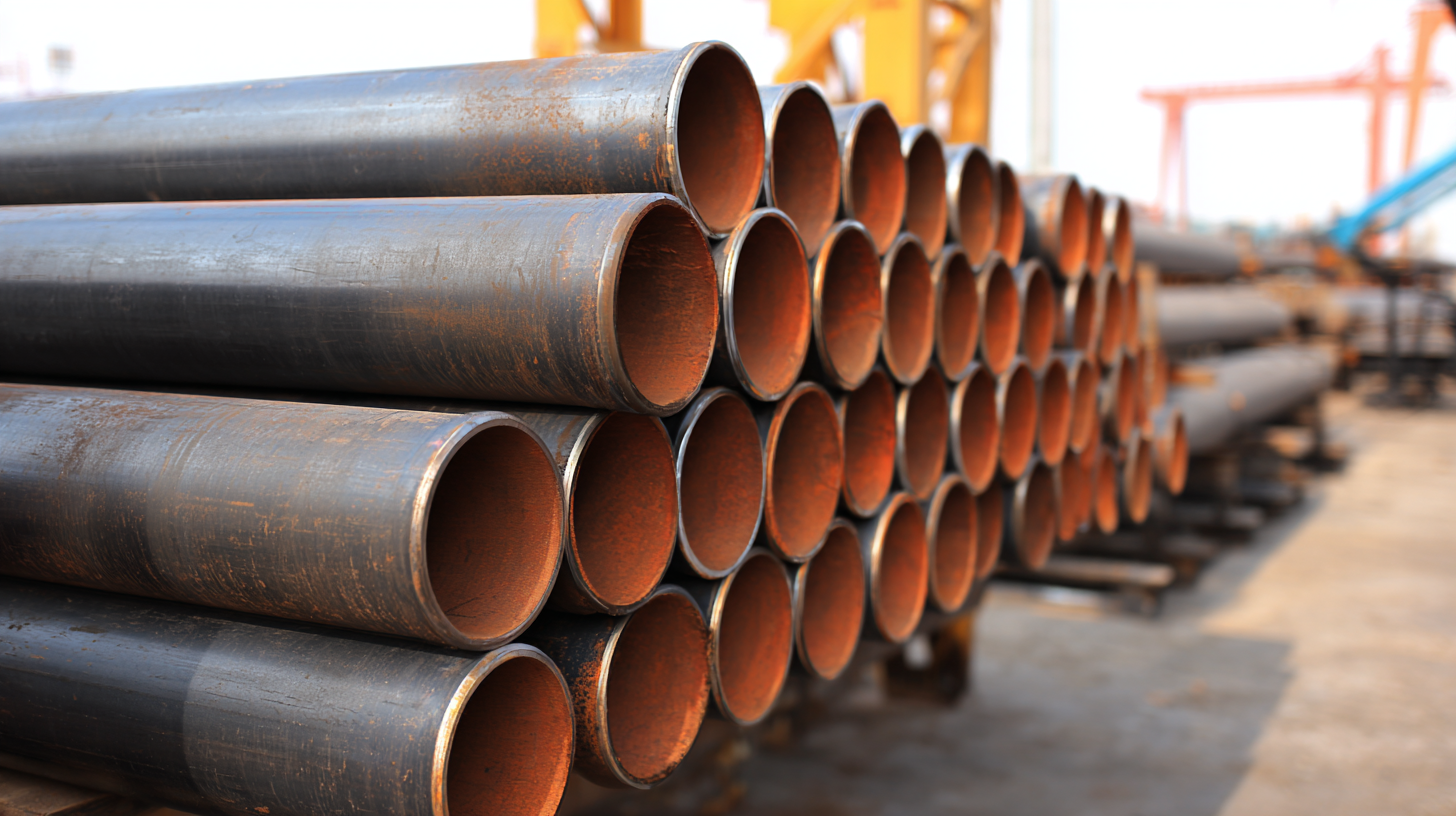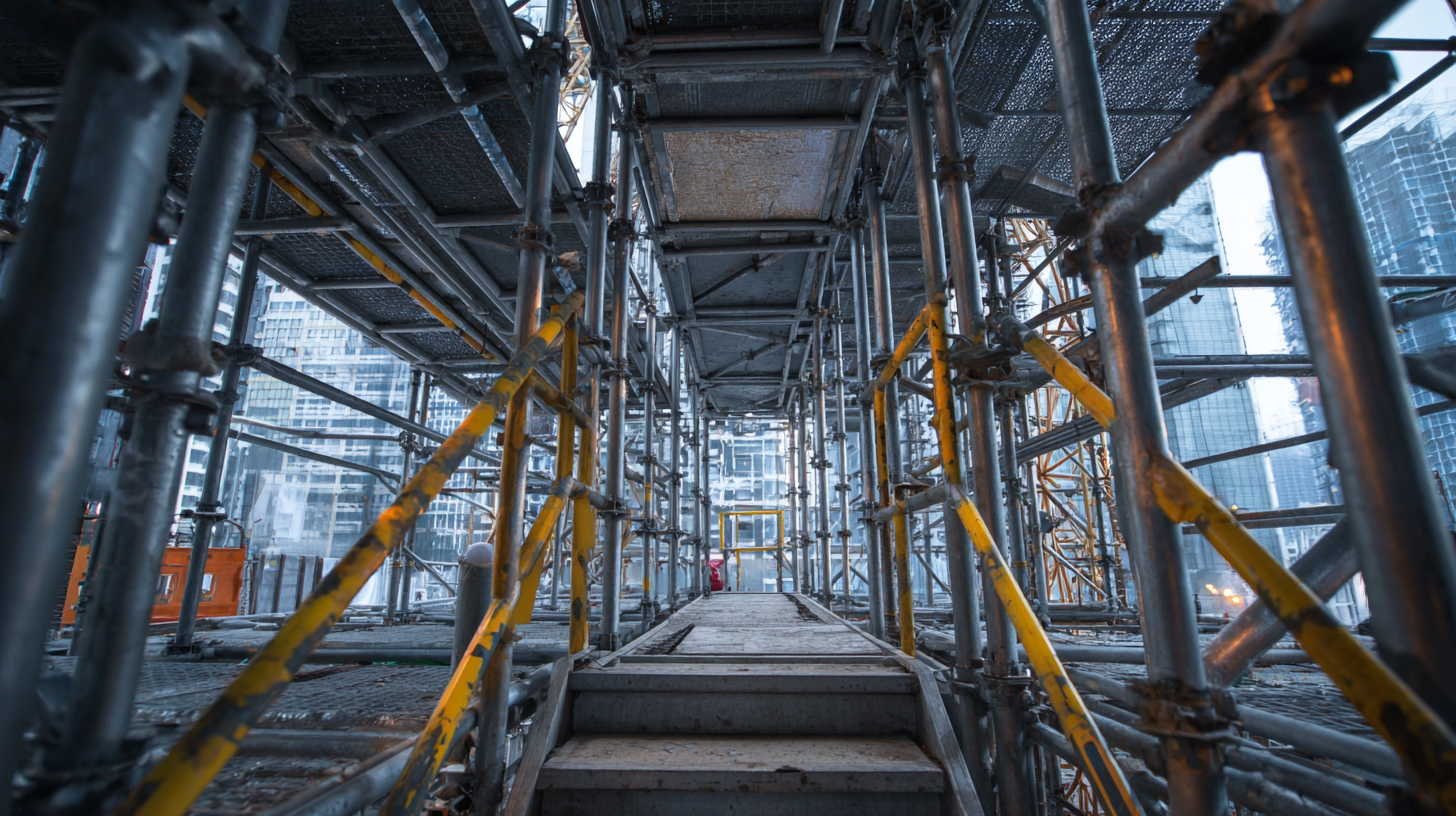 +86 18531741341
+86 18531741341
Leave Your Message
In the rapidly evolving construction landscape, scaffold tubes play a pivotal role in ensuring safety and efficiency on job sites. According to a report by ResearchAndMarkets, the global scaffolding market is projected to reach approximately $9.25 billion by 2025, growing at a CAGR of 5.9% from 2020. As China continues to assert its dominance in world-class manufacturing, the demand for high-quality scaffold tube solutions is on the rise, driven by expansive infrastructure projects and a commitment to quality standards.

With advancements in materials and construction techniques, the scaffold tube industry is witnessing innovation that not only enhances structural integrity but also optimizes labor and time efficiency. This blog will explore the dynamic trends shaping the scaffold tube market in 2025 and present the most effective solutions for meeting the diverse needs of construction professionals.
China has emerged as a leader in scaffold tube production, leveraging advanced manufacturing techniques to enhance both efficiency and quality. The evolution of production methods in this sector has been marked by the integration of innovative technologies such as automated welding and precision cutting. These advancements not only improve the strength and durability of scaffold tubes but also optimize the production process, reducing waste and increasing output.
**Tip: When selecting a scaffold tube supplier, consider those who utilize modern production techniques. This ensures that you receive products that meet stringent safety standards and offer superior performance.**
Additionally, the shift towards sustainable practices has influenced scaffold tube manufacturing in China. Many manufacturers are now adopting eco-friendly materials and processes, reflecting a growing commitment to sustainability in the construction industry. By reducing the environmental impact of production, these companies are not only appealing to conscious consumers but also setting a benchmark for the industry.
**Tip: Look for manufacturers that prioritize sustainability in their operations. Choosing eco-friendly scaffold solutions can contribute to a greener construction project and significantly reduce your carbon footprint.**
In the realm of scaffold tube manufacturing, adhering to global standards is crucial for ensuring safety and reliability on construction sites. Manufacturers in China have made significant strides in implementing quality control measures that meet international benchmarks. This not only enhances the performance of scaffold tubes but also builds trust among global clients who seek durable and compliant products for their projects. By leveraging advanced technology and rigorous testing protocols, these manufacturers optimize their production processes, ensuring consistency and longevity in their products.

Moreover, understanding the nuances of global manufacturing standards is paramount for both suppliers and consumers. Compliance with standards such as ASTM, EN, and ISO is not merely a regulatory requirement; it represents a commitment to excellence and safety. Chinese manufacturers are increasingly investing in quality control teams and state-of-the-art equipment to ensure that their scaffold tubes are produced to the highest specifications. This dedication to quality not only supports the integrity of construction practices worldwide but also positions China as a leader in the global scaffold tube market, meeting the diverse needs of the industry while maintaining unwavering safety standards.
In the realm of scaffold tube production, the advent of digital technologies has ushered in a new era of efficiency and precision. Manufacturers in China are increasingly leveraging advanced automation and data analytics to optimize their processes. By integrating smart machinery and IoT devices on production lines, companies can monitor real-time data related to material usage, production speed, and quality control. This not only minimizes waste but also streamlines coordination across various stages of production, from raw material sourcing to final assembly.
Moreover, the implementation of digital technologies enables predictive maintenance, which significantly reduces downtime. Manufacturers can now anticipate equipment failures before they occur, leading to a smoother workflow and increased productivity. Cloud-based solutions also facilitate better communication between teams, ensuring that everyone is aligned with project goals and timelines. As a result, scaffold tube production in China not only meets international quality standards but also responds rapidly to market demands, securing its position on the global stage.
This chart illustrates the efficiency improvements in scaffold tube production due to the integration of digital technologies over the last five years. The data reflects the percentage increase in production efficiency annually.
Sustainable practices in scaffold tube manufacturing are increasingly becoming a focal point for industries worldwide. According to a recent report by the Global Industry Analysts, the green building materials market is projected to reach a staggering USD 500 billion by 2025, showcasing the rising demand for environmentally friendly construction practices. In China, this shift is reflected in the adoption of sustainable materials and efficient production techniques in scaffold tube manufacturing. Manufacturers are integrating recycled materials into their products, significantly reducing waste and energy consumption.
Moreover, advancements in technology are further enhancing sustainability efforts. A study conducted by the Chinese Academy of Engineering revealed that implementing smart manufacturing processes could increase production efficiency by as much as 30%. This not only lowers the carbon footprint but also meets the stringent environmental regulations set forth by the government. As a result, companies that prioritize sustainable production methods are not only contributing to the environment but are also positioning themselves competitively in the global market for scaffold tubes. These trends underline a transformative phase in the manufacturing landscape, where sustainability is not just an option but a necessity.
When it comes to manufacturing scaffold tubes in China, safety regulations play a pivotal role in ensuring the reliability and effectiveness of these critical construction components. In a market where numerous suppliers exist, adhering to stringent safety guidelines not only protects workers on-site but also enhances the overall reputation of manufacturers. Organizations that prioritize safety regulations demonstrate their commitment to excellence, instilling confidence in their products.
The integration of safety standards into the production process of scaffold tubes requires regular inspections and quality control measures. Manufacturers must comply with local and international safety norms, which ensures that the equipment can withstand the rigors of construction environments. By investing in high-quality materials and maintaining robust testing protocols, companies uphold the integrity of their scaffold tube solutions, averting potential failures and accidents. It is this dedication to safety that distinguishes top manufacturers in the industry, ultimately leading to increased customer satisfaction and loyalty.

